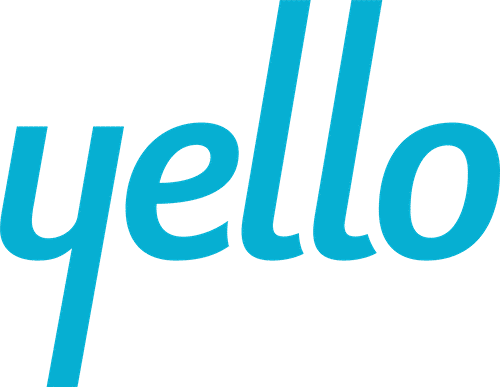Between sourcing talent, meeting hiring manager expectations, scheduling interviews and keeping candidates engaged, it’s hard to find time to analyze your recruiting process for areas of improvement. A commitment to recruitment operations, which focuses on developing the most effective hiring practices, is important to improve ROI and mitigate pain points. Addressing weaknesses in your recruiting pipeline ensures the team is able to focus on finding and hiring top talent.
Here are the top ways recruiting organizations can identify pain points and overcome common operational hiring challenges.
Switch Your Approach From Reactive To Proactive
Talent acquisition teams have traditionally taken a reactive approach to recruiting; they source and hire only as needed. This practice leads to drawn-out hiring timelines and inconsistent candidate experiences. To stay ahead of the competition, do the heavy lifting upfront by building and nurturing a talent pipeline of candidates who may be a fit for future roles. Implement a proactive recruiting strategy by preparing to meet hiring needs before a position opens. With engaged talent at your fingertips, quickly identify top candidates to fill requisitions.
Create a Consistent Candidate Experience
The interaction a candidate has with your company is a deciding factor in their decision to accept your offer—and today’s candidates have increased expectations for how short the hiring process should be. A disjointed candidate experience can make it difficult to implement a consistent interview process, and may lead to applicant drop-off.
Overcome this common challenge by developing a standardized interview and evaluation process that offers the same experience for every prospect. Train all members of the hiring team on interview best practices and ensure every candidate is evaluated across the same criteria. Leverage recruiting software to speed up feedback collection. Provide job applicants with regular status updates so that they know where they stand in the hiring process.
Offering a positive candidate experience ensures each applicant walks away from your company as a brand ambassador.
Engage your Current Employees
Employee referrals often make the most cost-effective hires. But without a strategy to incentivize current team members to recommend people in their network for open roles, your pipeline will remain empty. Cultivate a company-wide recruiting culture, where every employee is a talent scout. Help employees stay up-to-date on hiring needs by frequently sharing open roles. Leverage employee referral software to make it easier for employees to refer friends and colleagues, track their hiring status and earn rewards. Start a friendly competition amongst coworkers to encourage employees to refer the most candidates.
Use Recruiting Metrics to Identify Opportunities for Improvement
If you ask your recruiting team why something is done a certain way, do they say, “That’s the way it’s always been done?” Just because it’s the old way doesn’t mean it’s the best way.
Instead of repeating past practices, incorporate data into the recruiting process to make strategic decisions based on key metrics. With recruitment analytics software, run reports to understand metrics at each phase of the hiring process. Using KPIs like application completion rate, acceptance rate and time-to-hire, analyze processes to understand where improvement is needed, and uncover opportunities to streamline the hiring pipeline.
Gather Feedback From Candidates And Hiring Managers
The best way to improve recruitment operations is to gather feedback from those who interact with your hiring process the most—candidates and hiring managers. Ask candidates to share their thoughts on hiring process length, communication methods and overall experience. They may notice a flaw your team never considered.
Gather hiring manager feedback after every recruiting cycle to determine satisfaction with hiring practices, candidate quality and recruiter-hiring manager relationships. Use this feedback to refine the hiring process, and eliminate recurring issues.
Consolidate Recruitment Technology
Recruiting technology should never be the cause of hiring challenges. Technology solutions should help, not hinder, the recruiting process. If disparate tech platforms slow recruiters or complicate training, consider implementing talent acquisition software to bring all recruiting activities to one place. With a central database, information will never be lost due to recruiter turnover, and transparency ensures any recruiter can step in when another is out of the office. The right technology can help you streamline talent operations, to develop a targeted and productive recruiting strategy.


